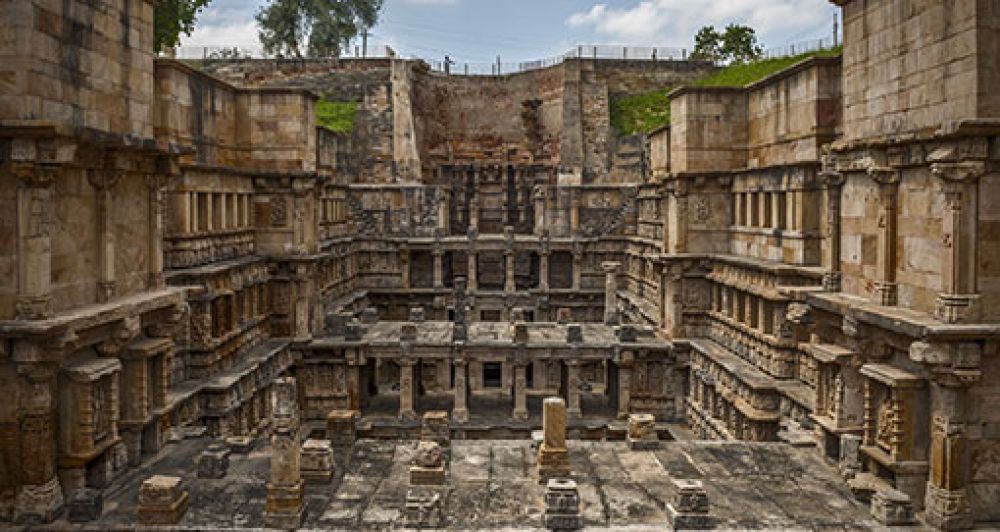

The ancient city of Patan in Gujarat, India, is a destination steeped in history and culture. Known for its rich heritage and architectural marvels, Patan's journey as a tourist destination can be traced back to its days as the capital of the Chalukya Dynasty. The city's prominence in the tourism landscape has grown due to its historical importance, the spectacular Rani-ki-Vav (the Queen's Stepwell), and its unique Patola silk sarees.
In the early 8th century, Patan was established as Anhilwad Patan and served as the capital of Gujarat for about 600 years, during the reign of the Chalukyas and then the Solanki dynasty. The abundance of ancient monuments and temples from this era laid the foundation for Patan's tourism potential. However, it wasn't until the later part of the 20th century that Patan started gaining recognition as a significant historical and cultural destination among domestic and foreign tourists alike.
The turning point in Patan's tourism history was the inscription of Rani-ki-Vav on the UNESCO World Heritage list in 2014. Built in the 11th century, Rani-ki-Vav is an intricately constructed stepwell and is considered a masterpiece of the Solanki dynasty's architectural excellence. The site's international recognition has brought a steady influx of visitors eager to witness its beauty and craftsmanship.
Another significant draw for tourism in Patan is the ancient art of Patola saree weaving. The Patola Silk Weaving technique is a closely guarded family tradition that has been preserved and handed down through generations. Tourists flock to Patan not only to see this intangible cultural heritage but also to acquire a piece of this luxurious textile, which is a symbol of affluence and social status.
The Modhera Dance Festival, held at the Modhera Sun Temple near Patan, also significantly contributes to the region's tourism sector. This annual festival showcases classical dance forms of India, bringing together art connoisseurs and cultural aficionados to Patan, further highlighting the city's historical and cultural identity.
In recent years, there has been a noticeable shift towards sustainable and responsible tourism practices in Patan. Visitors are increasingly interested in experiential travel that includes interaction with local communities, heritage walks, and immersion in the traditional arts and crafts of the region. Efforts are being made by the government and various NGOs to promote homestays, eco-tourism, and cultural tours that allow tourists to engage with Patan's history and heritage in a more meaningful and responsible manner.
In conclusion, Patan with its fusion of historical splendor and cultural depth continues to evolve as a compelling destination for tourists from around the world. Its role in showcasing the grandeur of India's past and the vibrancy of its living traditions makes it an enduring location for those seeking to immerse themselves in the country's rich tapestry of history and heritage.